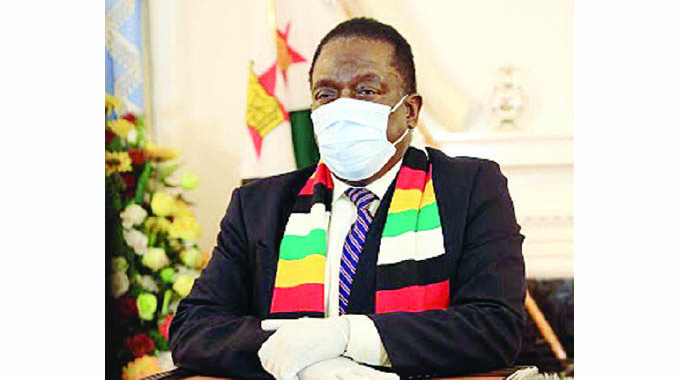
The Sunday News

Sharon Chimenya, Masvingo Correspondent
THE marula/mapfura processing plant that was commissioned at Rutenga Business Centre in Mwenezi district in the sprawling Masvingo province in October last year by President Mnangagwa is one of the major projects that have been undertaken in Masvingo Province to ensure rural development with over 30 000 rural housesholds set to benefit from the plant.
The development of the country’s first marula processing plant and is expected to spur development and employment in Mwenezi and Masvingo Province and it speaks loud to the need for more local and natural resources to be identified and made big business of.
The project came into the picture at the 2020 edition of the Zimbabwe International Trade Fair (ZITF) which Mwenezi Rural District Council took part and exhibited the marula fruit which is abundant in Mwenezi and Chivi districts.
The trees grow naturally and people in the two districts traditionally used the fruit to make an intoxicating brew known in Shona as mukumbi.
The processing plant is in line with the National Development Strategy 1 (NDS1) which seeks to ensure that the country value adds its commodities rather than sell them in their raw form and getting little while exporting the jobs to do so.
Value addition and beneficiation therefore prioritises industrial growth and employment creation while giving the country value in selling the processed product.
It is also in the best interests of the Government’s objective of leaving no one and no place behind as it forges ahead towards vision 2030.
“Broadly, the key link to structural transformation is value addition and beneficiation of agriculture and mining products.
During the NDS1 period, priority will be to develop and strengthen already existing value chains, beneficiation of minerals and in the process promoting linkage of SMEs with large corporates.”
“The strategy will also prioritise decentralisation of industrialisation initiatives in line with the policy thrust of devolution and decentralisation.
Value addition and beneficiation industries will be located in specific provinces and districts where the endowments are located.
During the NDS1, one of the major outcomes is to improve the performance of the manufacturing sector through value addition,” reads part of the NDS1 economic blueprint.
The factory is set to benefit about 30 000 Mwenezi households and has the capacity to process 1 000 kgs of marula per hour, 75 000 litres of concentrated marula juice.
The plant is the initiative of the Ministry of Higher and Tertiary Education, Innovation, Science and Technology’s National Biotechnology Authority of Zimbabwe.
The plant is expected to produce wine, oil for cosmetics, edible nuts and beverages.
The Mwenezi Rural District Council Chief Executive Officer Mr Albert Chivanga commended the project and said that locals were set to benefit from the plant as around 100 employees are to be recruited in 2022.
“We are expecting to recruit about 100 employees this month of which part of them about 30 or 40 percent will be locals.
We are also looking at those who will be picking up the marula fruit from their areas.
All in all, the project will benefit about 30 000 households,” he said.
Meanwhile, the other project that came into fruition in the Mwenezi district through the European Union in partnership with Government is the construction of Lapache Cattle Business Centre which is about 20km from Rutenga Business Centre and is set to serve the community through lucrative beef output market.
The project is expected to help the local farmers to get real value for their livestock and save them from being ripped off by middlemen.
Mr Chivanga said the cattle business centre was assisting the farmers in the area through training and cattle feeds.
“The farmers are benefiting through the supplementary feeding in which they are able to buy affordable cattle feed, they are assisted with bulling services, technical advice on how they are to breed their cattle and the kind of diseases that can affect their livestock.”
With the district’s economy hinged around livestock production the project witnessed the establishment of a 35-hectare irrigation under a centre pivot to help ease pasture problems and frequent droughts.
Farmers from the villages and the surrounding areas are able to access the hay bales from the centre at a subsidised price.
The President is on record saying that the vision of a prosperous and empowered upper middle-income economy by 2030 entails the upliftment of people in every part of the country especially those in the rural areas and growth points.



